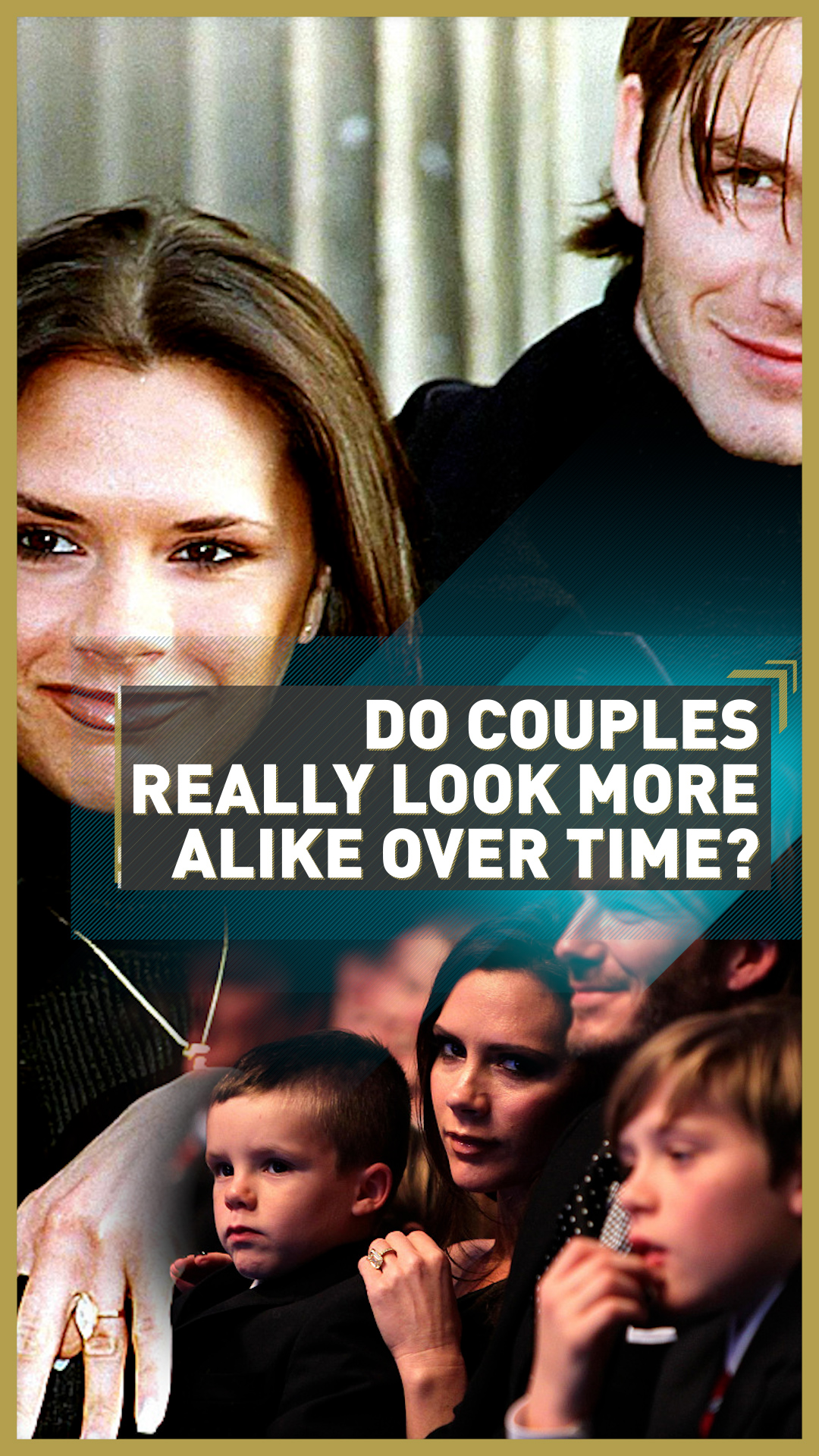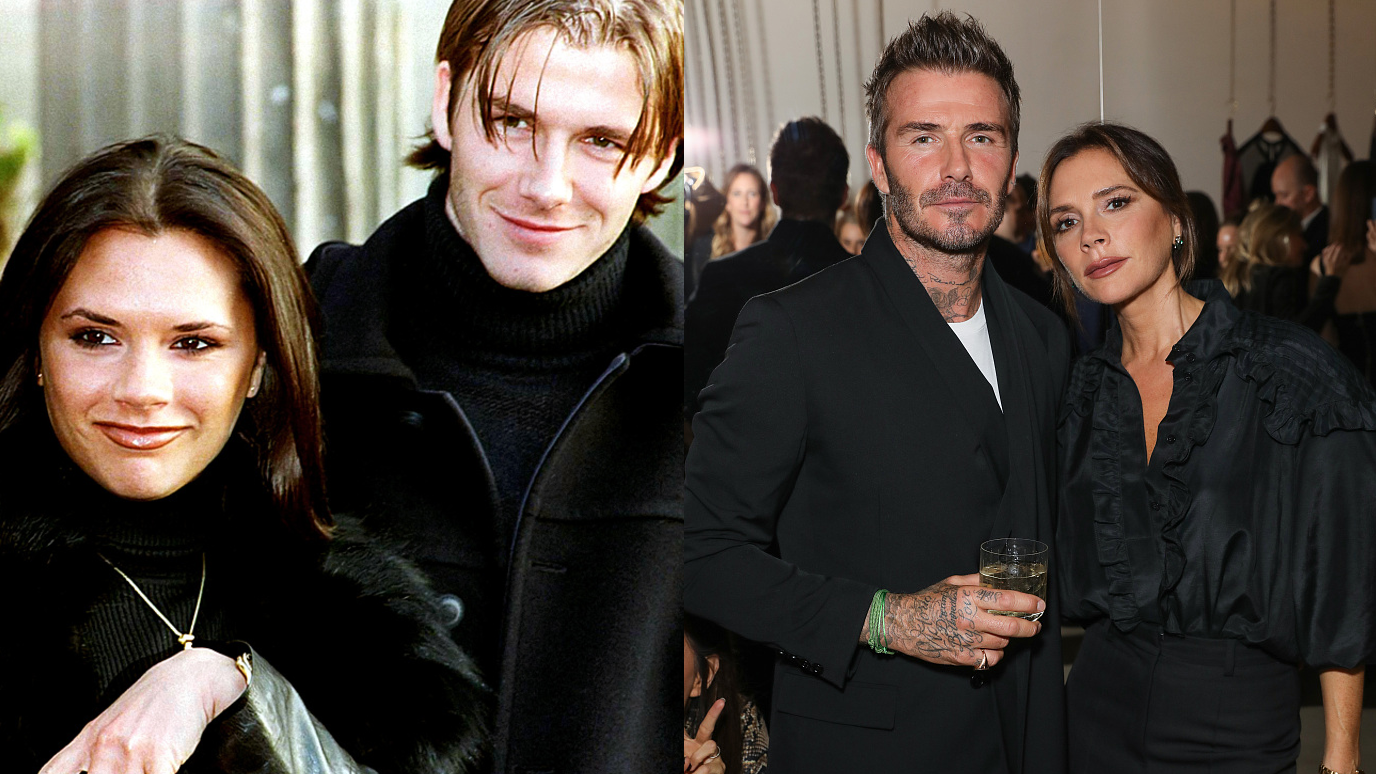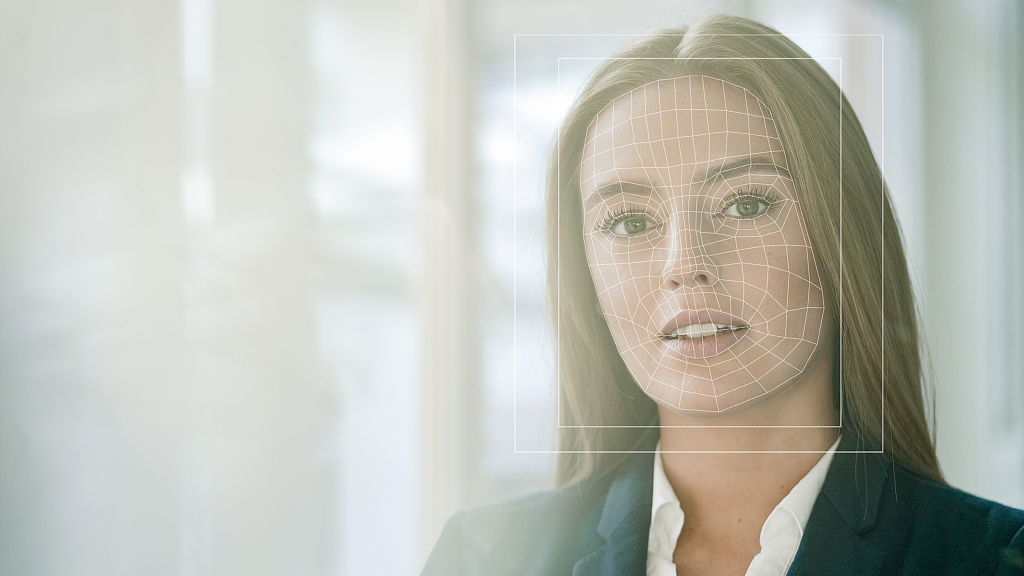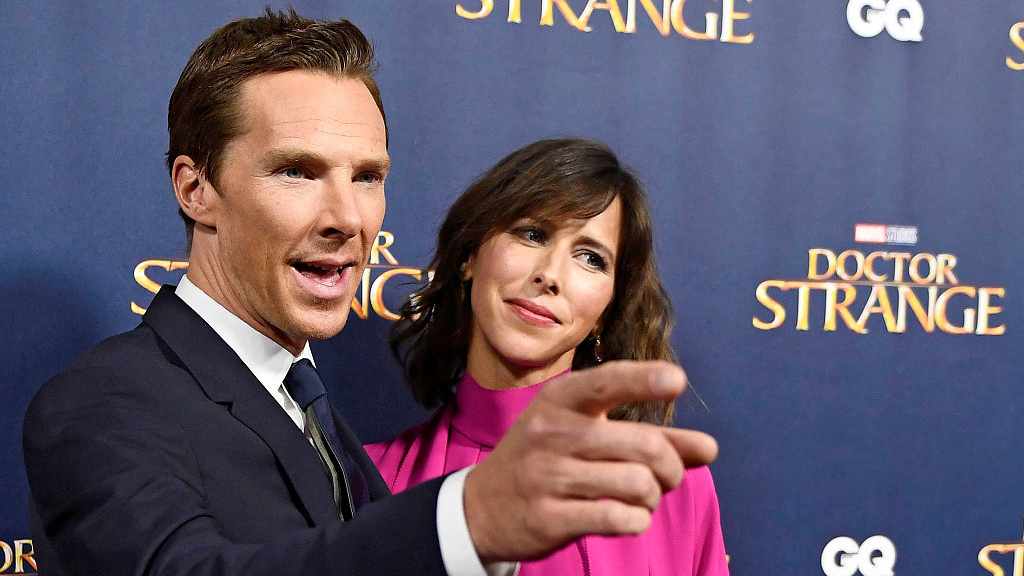02:25

Do couples really look more like each other the longer they stay together?
It has been a popular theory among laymen and academics for decades, but a new report from Stanford University in the U.S. has used facial recognition software to debunk the idea that partners' faces converge over the years.
"We first set out to validate the theory because we believed that couples become more similar over time," the study's co-author Pin Pin Tea-Makorn told CGTN Europe.
Despite the concept still being taught in introductory psychology courses, the research by Tea-Makorn and her colleague Michal Kosinski found little evidence to support the claim.
Instead, the artificial intelligence they used confirmed something else: people tend to form romantic relationships with those who look similar to them.
But how did the idea that couples' faces converge over time become so widespread?
Read more: AI captain! Self-sailing crewless ship to recreate historic Mayflower voyage
How pseudoscience became fact
Social scientists have long argued that because couples often live in the same environments, carry out similar activities and mimic each other's emotions, their faces should eventually start to show similar characteristics.
For example, the theory goes that if the partners smile a lot, they might develop similar smile lines, with believers pointing to before-and-after pictures of famous couples such as David and Victoria Beckham and model Gisele Bundchen and husband Tom Brady as proof.
The theory was backed up by a 1987 report on 12 couples from the University of Michigan that Tea-Makorn describes as "a very elegantly designed study" and "the best of its time."

People who support the theory intuitively often point to before-and-after pictures of famous couples such as David and Victoria Beckham as proof. /VCG
People who support the theory intuitively often point to before-and-after pictures of famous couples such as David and Victoria Beckham as proof. /VCG
However, the fact the research was never empirically corroborated and that it reinforced a widely held belief, allowed the concept to spread like wildfire.
"Part of the reason that people often think couples look more similar when they grow old together is because older people tend to look more similar than younger people," says Tea-Makorn, who was taught the theory herself at Stanford. "Given the reasons are intuitive and that we've seen examples in real life, nobody actually goes back and touches the topic."
Read more: Should I worry about COVID-19 conspiracy theories?

The researchers used facial recognition software to analyze a sample of 517 married couples, using photos taken at both the beginning of the marriage and 20 to 69 years later. /Yuichiro Chino/Getty Creative/VCG
The researchers used facial recognition software to analyze a sample of 517 married couples, using photos taken at both the beginning of the marriage and 20 to 69 years later. /Yuichiro Chino/Getty Creative/VCG
AI changes everything
The researchers analyzed a sample of 517 married couples, using photos taken at both the beginning of the marriage and 20 to 69 years later.
They wanted to use multi-ethnic couples, but couldn't find enough data to incorporate them into the study.
"The data we found came mostly from Google searches and newspaper wedding anniversary announcements," says Tea-Makorn. "And the majority of them are white couples in the United States."
They employed two methods for estimating facial similarity: a state-of-the-art facial recognition algorithm as well as human judgment. The latter was important in making sure the technology was doing its job properly.
"The one thing that we have to be careful of is AI also has its own biases," she said.

According to the researchers, people usually select partners who look similar to them and share the same personal values and socio-economic status. /Westend61/Getty Creative/VCG
According to the researchers, people usually select partners who look similar to them and share the same personal values and socio-economic status. /Westend61/Getty Creative/VCG
The research confirmed a well-validated theory in academia that couples tend to marry people who look similar to them.
"People usually select partners who are similar to them both in their personal values and socio-economic status," says Tea-Makorn.
And thanks to evolution, people are more likely to select someone who looks like them "to make sure they're not from a different species."
Another reason is the "mere-exposure effect," which means we tend to like things that are familiar to us. "We're familiar with our images in the mirror, so that's one thing that could contribute," she says.
But despite using a very large sample of facial images and very sensitive measurements of facial similarity, they could not find any evidence for convergence over a sustained period.
Watch: Should I worry about mass surveillance due to COVID-19?
Bucking the trend
The ability of AI ability to juggle huge amounts of data provided the tools for Tea-Makorn and Kosinski to debunk the theory, but she says the reason such outdated studies remain popular is institutional.
"Even though it's very interesting for the general public, it's not that interesting for researchers, so people will want to come up with new theories rather than perform this empirical fact-checking," she says.
For Kosinski, an associate professor of Organizational Behavior at Stanford's Graduate School of Business, this has to change. "I think that scholars should spend more time checking each others' results and validating theories," he says.

Actor Benedict Cumberbatch and his wife Sophie Hunter were used as examples of couples that people might think look more and alike over time. /VCG
Actor Benedict Cumberbatch and his wife Sophie Hunter were used as examples of couples that people might think look more and alike over time. /VCG
He adds that many concepts still being taught to students or used to advise policymakers are based on "scant evidence" and studies that "would not be considered appropriate today."
"Rejecting widely accepted hypotheses is surely not as exciting or as newsworthy as coming up with new fancy ones," says the academic. But he stresses, "it is as, if not more, important."
Tea-Makorn plans to take this approach to her next project, analyzing whether people can actually guess others' names simply by looking at them.
"I think it's very important to update these findings over time," she says. "There's always value in revisiting old research questions."
Video editing: David Bamford